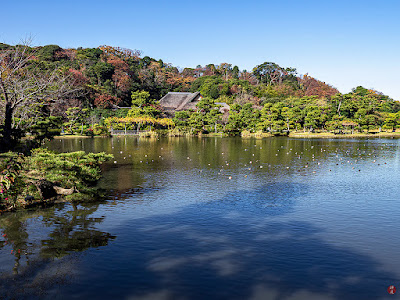Just before the arrival of winter, in the gentle sunlight of a late autumn day, a mosaic of various tinted leaves are shining brightly like the exquisite drawing patterns on a tea container of Kin-makie (gold lacquer work) prepared for an autumnal tea ceremony.
This elaborate and sophisticated teahouse of Sukiya-zukuri (the style of a Japanese tea-ceremony building), which was reconstructed and named "Choshukaku" by Tomitaro “Sankei” Hara (1869-1939), is standing still at the foot of a small valley as if to be almost buried in the colorful autumn foliage. Its name "Choshukaku" denotes the pavilion for listening to the sounds of autumn.
The autumn winds are shaking and disrobing dried leaves and colored leaves keep scattering silently. The sounds of autumn insects are gradually fading away in the bush, and the occasional crying voices of migratory birds can be heard now and again.
The tea ceremonies of Sankei and his guests must have been held in this elegant teahouse on various occasions to enjoy tea and to admire the seasonal beauties of nature. In its modest but refined tearoom, they must have quietly appreciated the subtle sounds and colors of the swiftly passing seasons.
The map and explanatory notes (English version) of the garden are published on Sankei-en official website.
https://www.sankeien.or.jp/en/

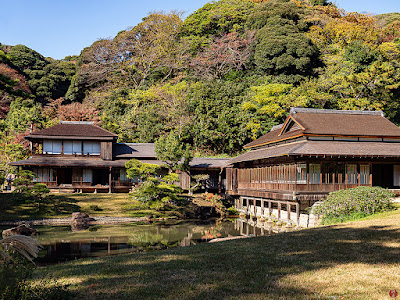
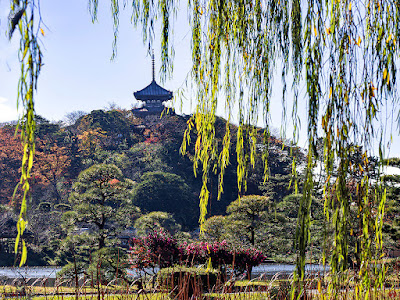
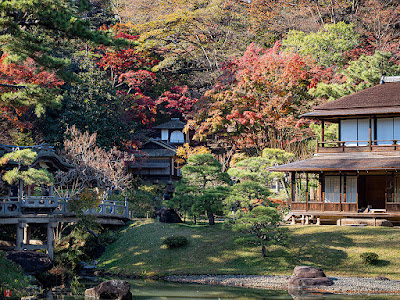

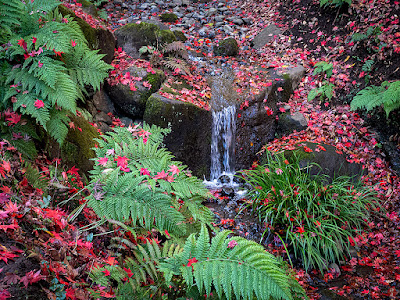
.jpg)





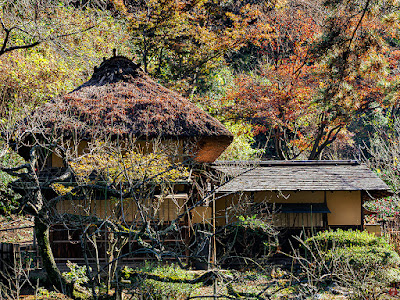
.jpg)


